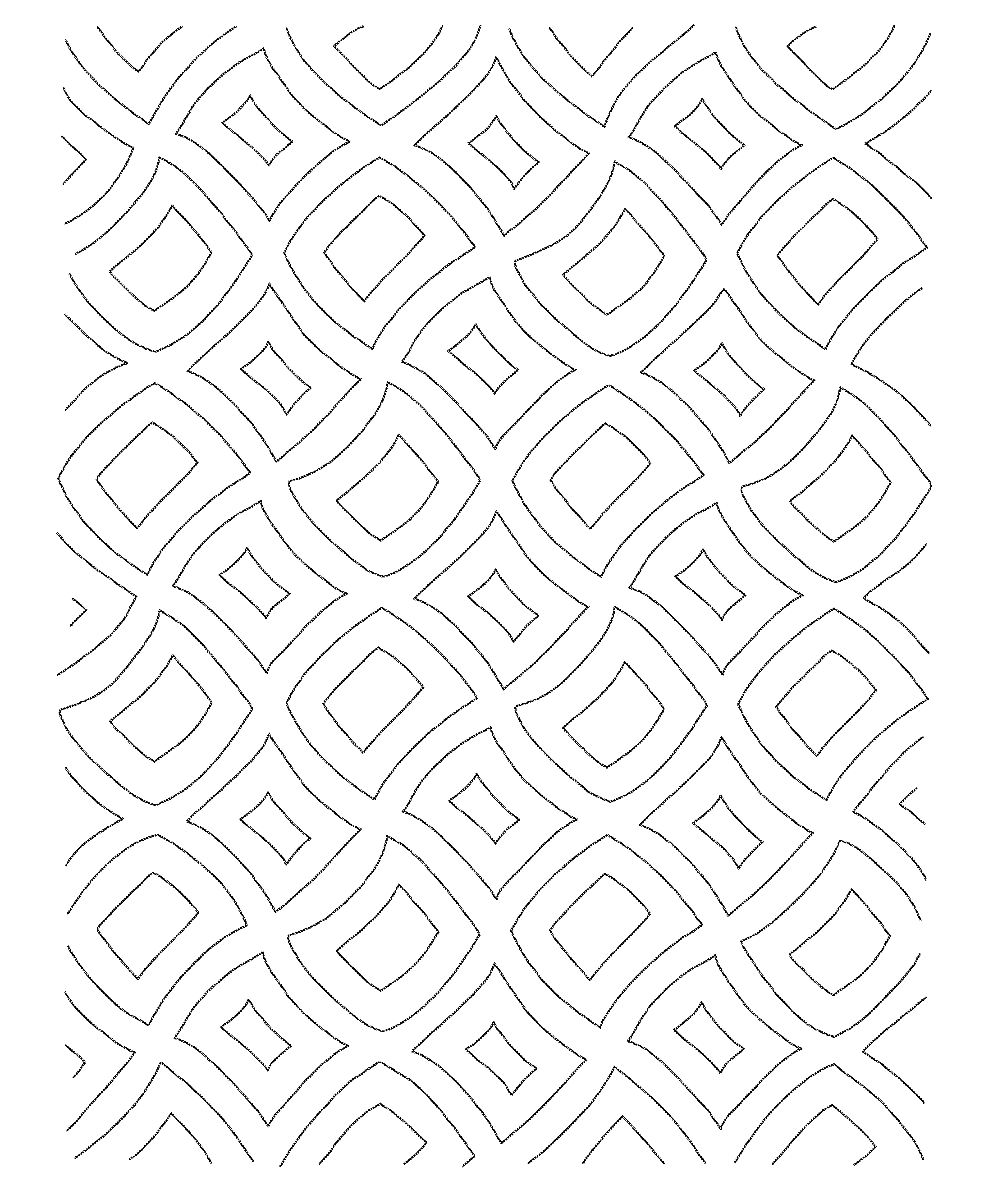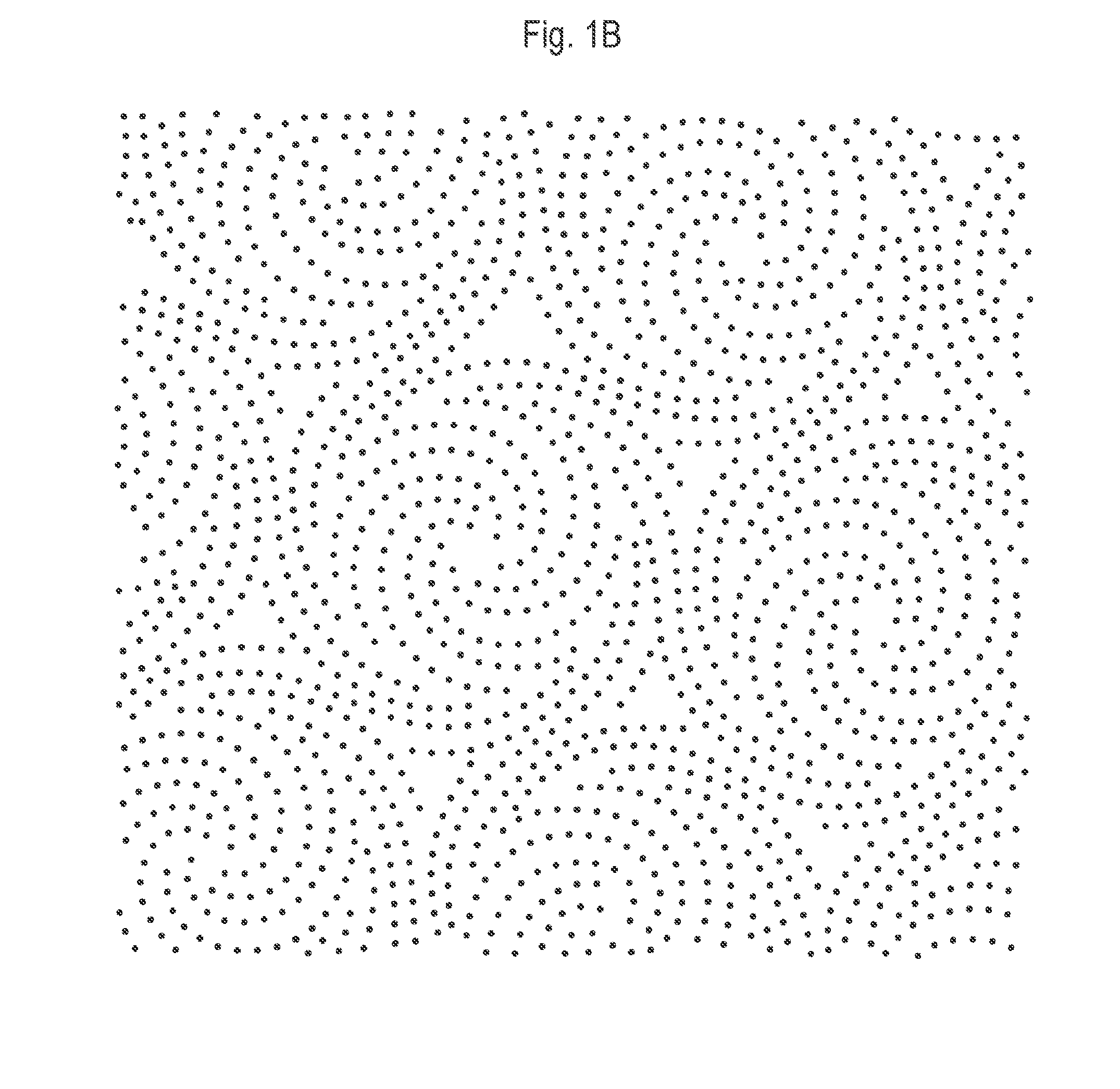Method For Reducing The Bulk And Increasing The Density Of A Tissue Product
a tissue product and density technology, applied in the field of consumer products, can solve the problems of increasing the softness and/or absorbency of paper webs at the expense of the strength of paper webs, and achieve the effects of increasing density, reducing the bulk of paper products, and reducing roll siz
- Summary
- Abstract
- Description
- Claims
- Application Information
AI Technical Summary
Benefits of technology
Problems solved by technology
Method used
Image
Examples
example 1
[0070]Paper towel base sheets were produced in a consistent manner and were either unembossed or embossed with either the current Brawny® non-linear embossing pattern of FIG. 5B or a linear pattern according to the present invention, i.e., the pattern of FIG. 5A and variations thereof. The characteristics for the unembossed base sheets and the two ply product are set forth in Table 2, below.
[0071]Table 3 sets forth the product characteristics for an embossed paper towel product bearing the current commercial, non-linear embossing pattern, both at a commercial emboss depth and at a depth of 45 mm. In Column 3 of Table 3 a comparison is made between the 45 mm embossed product and the unembossed base sheet described in Table 2. As can be seen from Table 3, column 3, the caliper of the product increased with embossing by 6.22%. The Wet Tensile strength remained largely unaffected.
[0072]Table 4 sets forth finished product characteristics for four paper towel products embossed with linear...
example 2
[0073]Example 2 was carried out in the same manner as Example 1, using an emboss penetration of 55 mils. Results are set forth in Tables 6-8, below.
TABLE 6Current ProductChange fromCurrentat a penetrationBasesheet based onDescriptionProductof 55 mm55 mm penetrationBasis Weight lb / 300026.5726.36−2.38ft2Caliper 8 Sheetmils / 8195.05206.2313.37shtTensile MD g / 3 in3083.122865.60−3.01Stretch MD %16.6816.84−47.76Tensile CD g / 3 in.2837.732611.43−11.29Stretch CD %10.0310.22−43.41Tensile GM g / 3 in.2957.682735.26−7.18Tensile Dry Ratio1.091.10−45.33UnitlessPerf Tensile g / 3 in.732.2567.89Wet Tens Finch813.27744.95−11.29Cured CD g / 3 in.Tensile Wet / Dry CD0.290.29−50.01UnitlessSAT Capacity g / m2512.24523.31−1.72SAT Rate g / s0.50.260.33SAT Times42.0340.06Break Modulus MD184.92170.36−5.69gms / %Break Modulus CD282.17253.72−22.64gms / %Break Modulus GM228.39207.88−14.55gms / %Modulus MD g / %41.5537.07StretchModulus CD g / %65.3557.73StretchModulus GM g / %52.0846.24StretchTEA MD mm-g / mm23.132.91−2.58TEA CD mm-g / mm2...
PUM
| Property | Measurement | Unit |
|---|---|---|
| aspect ratio | aaaaa | aaaaa |
| aspect ratio | aaaaa | aaaaa |
| aspect ratio | aaaaa | aaaaa |
Abstract
Description
Claims
Application Information
 Login to view more
Login to view more - R&D Engineer
- R&D Manager
- IP Professional
- Industry Leading Data Capabilities
- Powerful AI technology
- Patent DNA Extraction
Browse by: Latest US Patents, China's latest patents, Technical Efficacy Thesaurus, Application Domain, Technology Topic.
© 2024 PatSnap. All rights reserved.Legal|Privacy policy|Modern Slavery Act Transparency Statement|Sitemap



